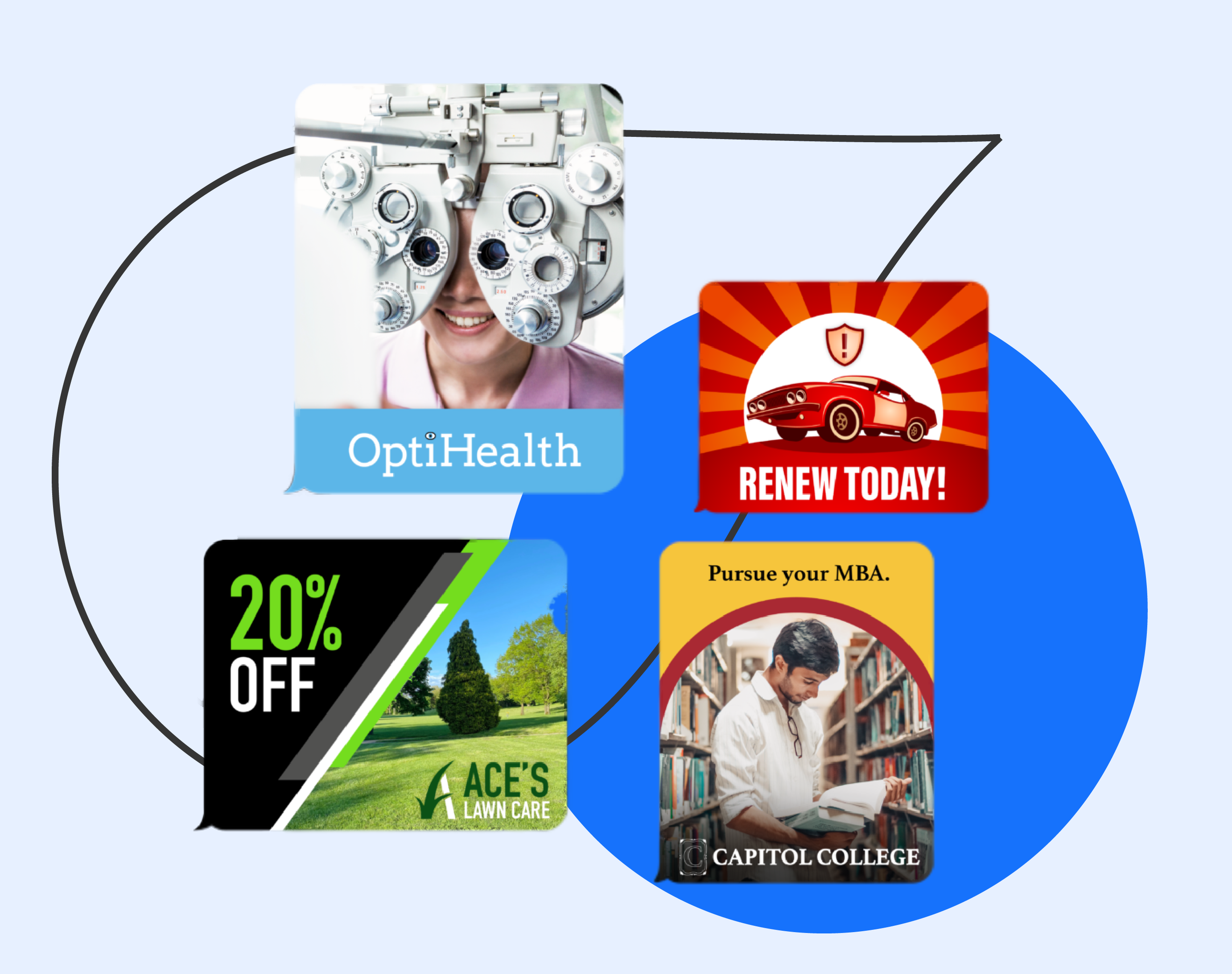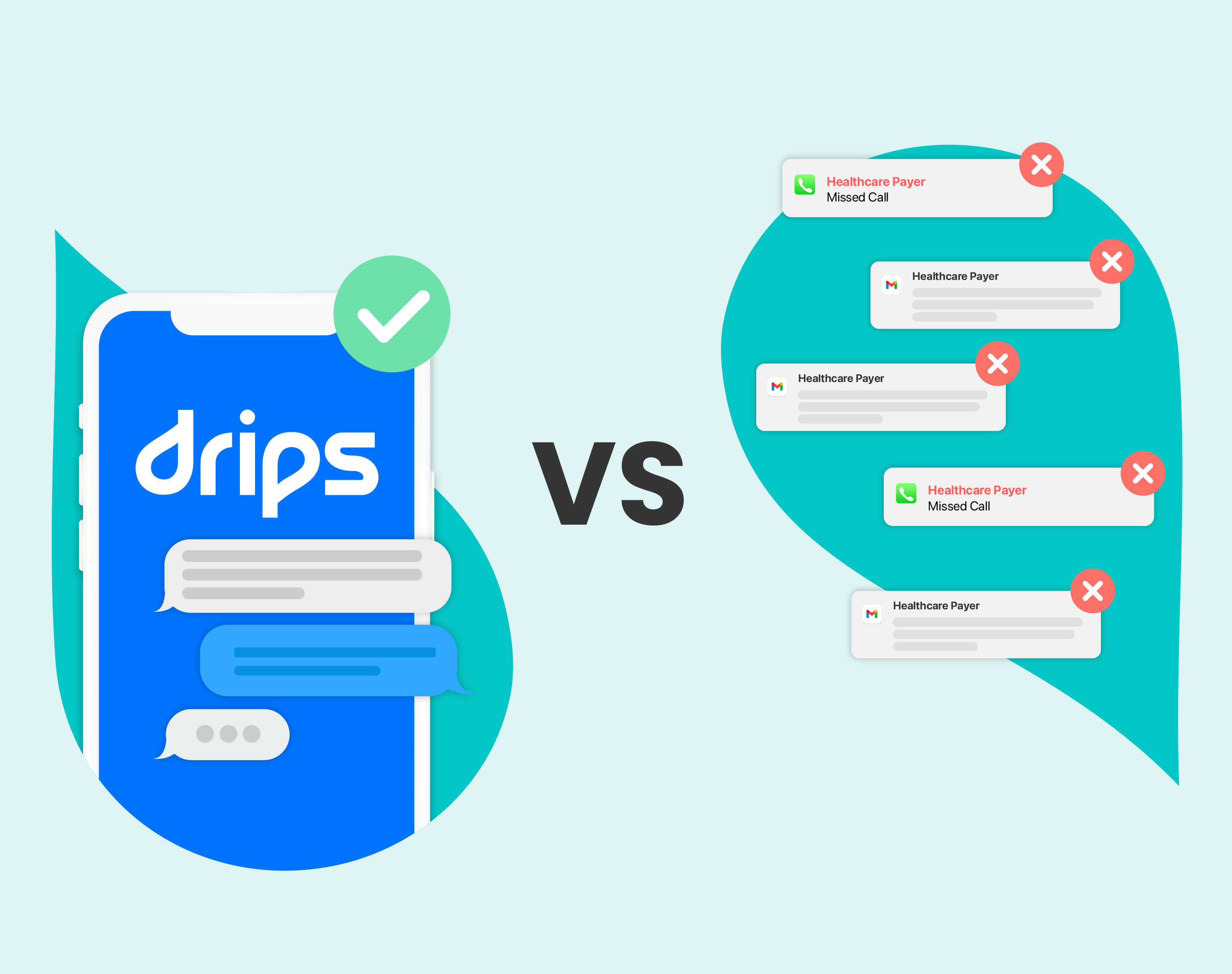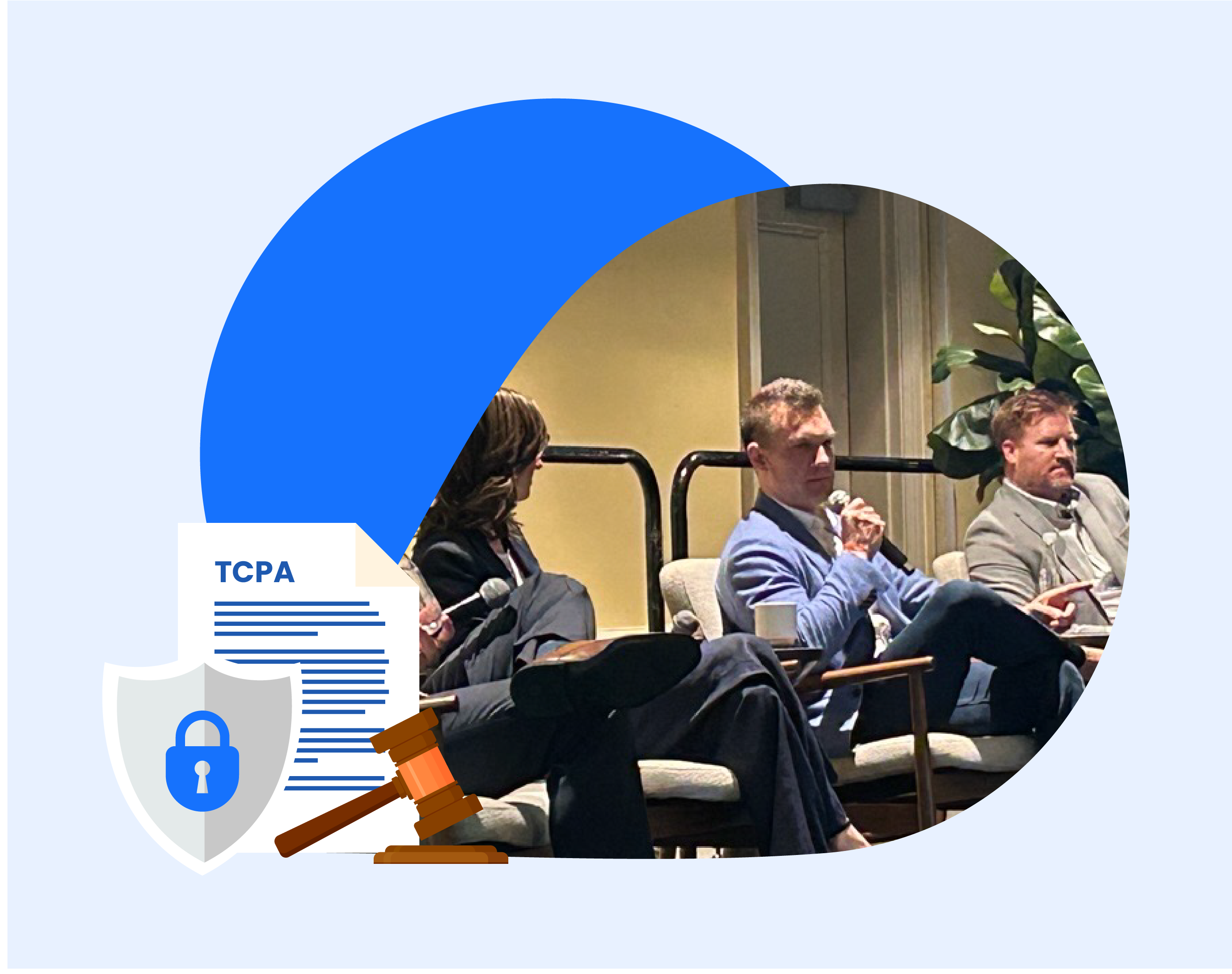Pros and Cons of Multimedia in Texting Outreach
Text message outreach has gained popularity among businesses and organizations as a quick and direct way to communicate with customers and clients in their target audience. Consumers are very comfortable with texting, as 98% of all smartphone users send texts regularly (Business.com). So, it’s no surprise that companies have increased their use of text message marketing campaigns over the last 20 years.
More recently, the use of multimedia, like images and videos, in text marketing has proven successful in allowing for more dynamic and engaging messages. In fact, according to Slicktext, "MMS marketing campaigns, on average, boast 15%-20% higher engagement levels than traditional SMS messages alone."
Multimedia Messaging Service (MMS) offers companies an additional way to engage with their customers. It also enhances brand awareness and establishes their messages as credible. Moreover, by utilizing MMS messaging, companies can distinguish themselves from their competitors by showcasing a creative outreach approach.
We’ve previously discussed the benefits of MMS marketing. After seeing all the ways that MMS can do more than SMS, using multimedia in your texting outreach may seem like the obvious choice. However, like any form of communication, there are pros and cons to using MMS when texting your audience.
Pros Of Using Multimedia In Texting Outreach
Enhanced Engagement
Incorporating multimedia messages can greatly increase engagement with consumers. The use of visuals and audio allows a business to connect with customers on a deeper level than a text message would allow. This increased attention is why MMS often sees higher response and engagement rates.

Improved Communication
Incorporating multimedia in text messages can make communication more effective. It offers the opportunity to convey complex information in a simplified manner, opening the door for conversations between your brand and the customer.
Personalization And Customization
Multimedia in text messages offers a high degree of personalization and customization. A business can leverage recipient data, such as names or purchase history, to create tailored MMS messages that resonate with the target audience. This is important because 66% of consumers say encountering content that isn’t personalized would stop them from making a purchase (Adobe).
Increased Brand Awareness
MMS messages can be a powerful tool for building and reinforcing brand awareness. Through the use of multimedia, businesses can showcase their brand's logo, colors, and other elements to enhance brand recognition and recall. Even better, seeing a familiar brand will help your audience know that your message is legitimate and trustworthy.

Cons To Using Multimedia In Texting Outreach
Deliverability Issues
The compatibility of multimedia messages can vary across different mobile phones and messaging apps. Even though almost every recent phone supports MMS, there are still some users without compatible devices. In addition, the increased size of MMS can occasionally mean that messages are not delivered or don’t display as expected.
Higher Costs
Sending multimedia messages typically demands higher data bandwidth and storage compared to text messages. This means that MMS messages cost more than SMS messages to send. Additionally, a company may need to invest in specialized tools or services to create, manage, and send multimedia messages, adding to the overall expense.
Customer Perception
Just like SMS, multimedia messages require recipients to opt in to receive marketing content. However, some recipients may not have expected to receive multimedia content when they opted in, leaving them feeling disconcerted when they receive MMS. This feeling can be mitigated by making sure your brand only sends MMS when necessary and uses more familiar SMS for simpler messages. (Read on for more guidelines about when MMS is appropriate!)
Content Creation And Management
Developing and managing multimedia content for SMS outreach often means additional effort and cost. It requires expertise to create content that is relevant, engaging, and aligned with branding. This process can be time-consuming and resource intensive. On the positive side, this content can often serve additional purposes, such as email graphics or digital ads.

When Should Your Business Use MMS In Text Marketing?
Now that we’ve discussed the pros and cons of MMS in text marketing, let’s put it all together with some rules of thumb for choosing between SMS and MMS.
MMS is a great choice for:
- Visual demonstrations of products or services
- Events and announcements
- Leveraging brand recognition to stand out from spam messages
- Customer education
- Generating excitement and starting a conversation
SMS is a better choice for:
- Administrative messages, such as account alerts or shipping notifications
- Mission-critical messages that need maximum deliverability
- Situations where costs need to be kept low
- Continuing a two-way conversation with a customer
Multimedia in SMS outreach has its advantages and disadvantages. While it can enhance engagement, improve communication, and increase brand awareness, it also comes with challenges. These include compatibility issues, higher costs, message deliverability challenges, and the need for content creation and management.
Businesses need to carefully weigh the points for and against using MMS messaging. They should consider their specific goals, audience, and resources before implementing it as part of their text marketing strategy. Fortunately, a partner like Drips can help with that.
Drips has introduced MMS to a select group of clients, integrating the advantages of multimedia messaging into our AI-powered conversational outreach strategy. Our conversational outreach experts can work with you to determine how targeted use of MMS can enhance your campaigns to get the best possible results. If you're interested in learning more about how MMS messaging can benefit your business, feel free to contact us for a chat!










